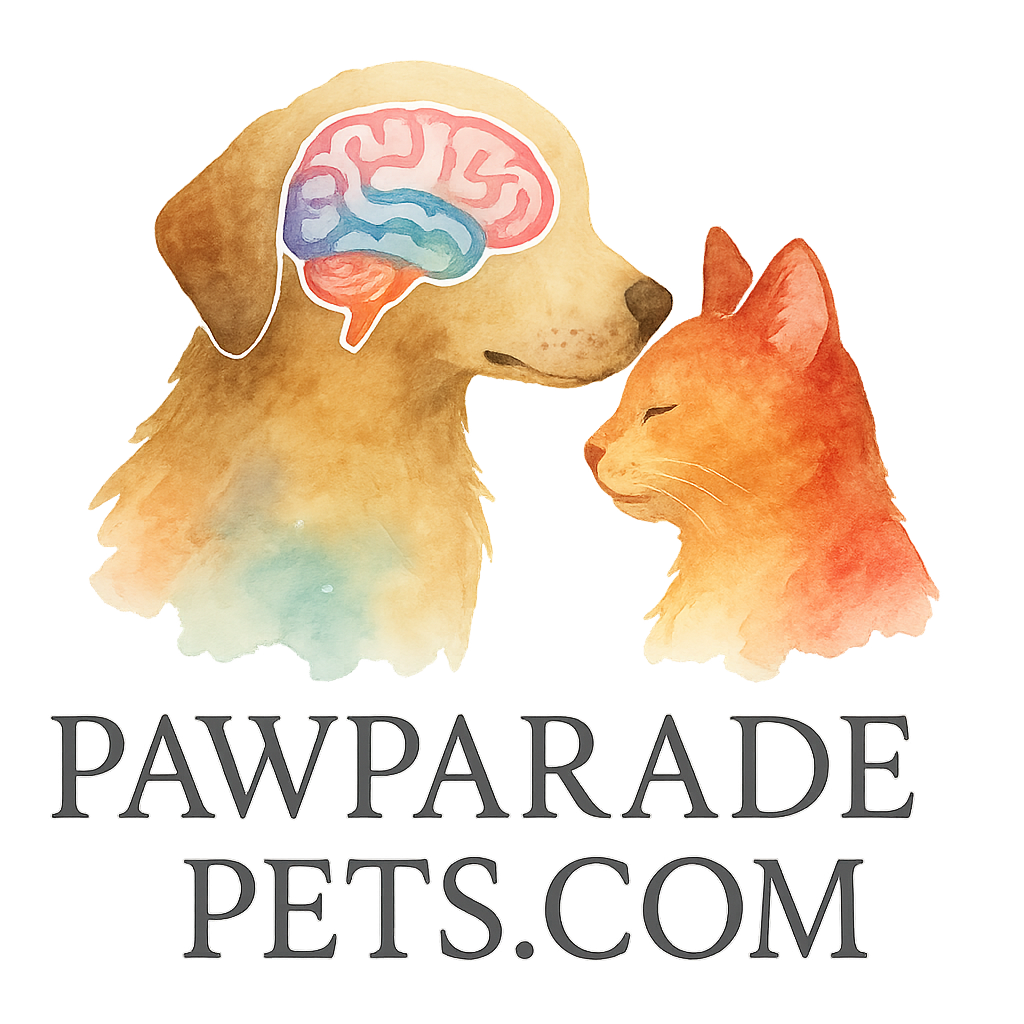Introduction
If you’ve ever watched your dog or cat stare at you with curious eyes, you already know they’re more intelligent than we sometimes give them credit for. Brain training for pets isn’t just a trend—it’s a lifestyle shift that helps pets stay sharp, engaged, and happy. But here’s the good news: keeping your pet’s brain active doesn’t require expensive gadgets. With a little creativity and the right affordable tools, you can turn everyday items into powerful brain-training devices.
This guide walks you through 7 affordable tools for DIY brain training for pets, sprinkled with practical tips, fun ideas, and budget-friendly hacks to keep tails wagging and whiskers twitching.
Why Brain Training for Pets Matters
The Rise of Pet Cognitive Enrichment
More pet parents are realizing that mental stimulation is just as important as physical exercise. Just like humans, pets can get bored, and boredom often leads to unwanted behaviors like chewing, digging, or excessive barking. Brain training fills this gap by keeping pets challenged and mentally sharp.
Benefits of Mental Stimulation for Pets
- Reduces anxiety and destructive behavior
- Strengthens the bond between pet and owner
- Improves obedience and responsiveness
- Promotes problem-solving skills
- Provides a safe outlet for natural instincts
If you want to dive deeper into the science behind mental exercises, you can check out resources like Brain Training Basics and Advanced Cognitive Challenges.
What Makes a Good Brain Training Tool?
Affordability Without Compromise
Brain training doesn’t need to burn a hole in your wallet. The best tools are affordable yet effective in engaging your pet.
Safety and Durability
Always make sure the materials are non-toxic, chew-safe, and durable enough for paws and teeth.
Engagement and Fun
A tool only works if your pet enjoys it! The goal is to keep training lighthearted and fun, not stressful.
7 Affordable Tools for DIY Brain Training for Pets
1. Puzzle Feeders and Treat Dispensers
How Puzzle Feeders Work
Puzzle feeders encourage your pet to work for their food. Instead of gobbling up kibble in seconds, pets need to nudge, paw, or roll the feeder to release treats.
Affordable DIY Options
- Use a muffin tin, place treats in the cups, and cover them with tennis balls.
- Repurpose an old plastic bottle as a DIY treat dispenser.
- Cardboard boxes with cut-out holes also make fun feeders.
Explore more fun feeder ideas in the Games & Activities section.
2. Interactive Snuffle Mats
Why Snuffle Mats Boost Brain Power
Snuffle mats mimic natural foraging, encouraging pets to use their noses to search for hidden treats. This engages their brain while satisfying instincts.
DIY and Budget-Friendly Snuffle Mats
- Use an old doormat and tie strips of fleece fabric through the holes.
- Hide kibble deep inside for endless sniffing fun.
Learn how scent-based play connects with Brain Stimulation.
3. DIY Scent Games and Nose Work Tools
Benefits of Scent Games for Dogs and Cats
Nose work taps into your pet’s strongest sense—their sense of smell. It helps them stay mentally sharp and boosts confidence.
Easy DIY Nose Work Ideas
- Hide treats around the house and encourage your pet to “find it.”
- Use cups and shuffle them like a shell game with a hidden treat underneath.
- Incorporate essential oils for advanced nose work.
For structured scent games, see Activities.
4. Tug and Pull Toys with a Twist
Combining Physical and Mental Play
Tug toys aren’t just for strength—they can be adapted for brain training by incorporating commands like “drop it” or “wait.”
DIY Tug Toy Ideas
- Braid old T-shirts or towels into a sturdy rope toy.
- Add hidden treats inside knotted fabric for an extra brain challenge.
More training tips are available under Behavior & Obedience.

5. Frozen Treat Challenges
Why Frozen Treats Engage the Brain
Frozen puzzles require patience. Pets must lick, chew, and problem-solve to reach the tasty reward.
Budget-Friendly Frozen Treat Ideas
- Freeze peanut butter or broth inside a Kong toy.
- Use an ice cube tray with kibble frozen inside.
- DIY frozen popsicles with safe fruits like blueberries or bananas.
For more interactive food fun, check out Toys for Brain Training.
6. Training Clickers and Commands
Using Clicker Training for Cognitive Stimulation
Clicker training sharpens your pet’s problem-solving skills while reinforcing obedience. Every click signals success, making learning fun and rewarding.
Affordable Clicker Options
Clickers cost just a few dollars online, but you can even mimic the effect with a pen that makes a clicking sound.
More obedience-related tips are available in Training & Commands.
7. Household Item Brain Games
Common Household Items as Brain Training Tools
You don’t always need to shop for new gadgets. Everyday objects can double as enrichment tools.
Safe DIY Brain Games
- Use cardboard toilet rolls to hide treats.
- Stack plastic cups for a “which cup” challenge.
- Create obstacle courses with chairs, cushions, and blankets.
See more creative DIY setups in Fun & Games.
Tips for Maximizing Brain Training Sessions
Keep Sessions Short and Fun
Aim for 10–15 minutes at a time. You want to end before your pet gets frustrated.
Rotate Tools for Variety
Switching tools prevents boredom and keeps training exciting.
Pair Brain Training with Physical Exercise
A walk followed by a brain game is the perfect combo for a happy, balanced pet.
Common Mistakes to Avoid
Overcomplicating Training
Start simple. If your pet struggles, scale back instead of pushing harder.
Using Unsafe Materials
Skip anything sharp, toxic, or small enough to swallow. Safety first!
Additional Resources for Brain Training
Online Courses and Guides
Websites like Paw Parade Pets offer guides, challenges, and advanced strategies for enrichment.
Useful Links and Communities
Conclusion
Brain training for pets doesn’t need to be expensive or complicated. With a mix of DIY creativity and affordable tools, you can enrich your pet’s life, strengthen your bond, and reduce boredom-driven behaviors. The key is consistency, variety, and keeping things fun.
So grab a snuffle mat, a puzzle feeder, or even just a cardboard box—your furry friend will thank you with wagging tails and happy purrs.
FAQs
1. How often should I do brain training with my pet?
Daily short sessions of 10–15 minutes work best.
2. Can cats benefit from brain training too?
Absolutely! Many of these tools, like snuffle mats and scent games, work wonders for cats.
3. Are DIY toys as effective as store-bought ones?
Yes, as long as they’re safe and engaging. Pets don’t care about price tags.
4. What’s the easiest DIY brain training tool to start with?
Puzzle feeders made from muffin tins or cardboard boxes are a great first step.
5. Can brain training replace physical exercise?
No, but it complements exercise beautifully. Think of it as a mental workout.
6. What should I do if my pet gets frustrated?
Simplify the task, offer encouragement, and reward small wins.
7. Where can I learn more advanced training activities?
Check out resources like Advanced Cognitive Challenges for structured ideas.


